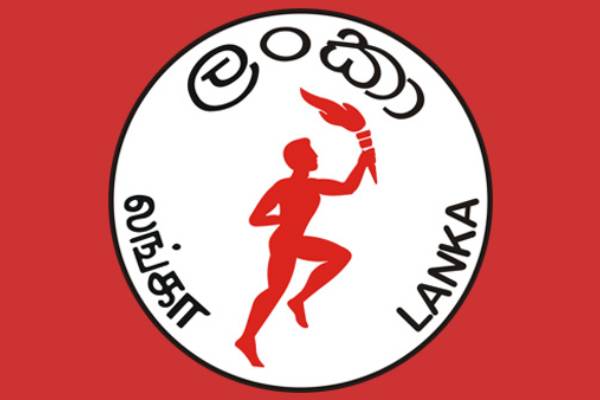Sri Lanka’s fuel pricing formula introduced in mid last year at the insistence of the International Monetary Fund (IMF) is set to be abolished or reviewed despite its input in increasing the Ceylon Petroleum Corporation (CPC) revenue.
The Government will be reviewing the monthly fuel pricing formula, Power and Energy Minister Mahinda Amaraweera announced recently.
He noted that President Gotabaya Rajapaksa does not support the formula and so it will most likely be scrapped.
However CPC’s total revenue increased by 16 per cent in 2018 mainly due to the implementation since May 2018 of the cost reflective price formula, Treasury statistics revealed,though the net effect was a loss to the CPC owing to other costs.
With the help of the pricing formula, revenue hiked by Rs. 76.9 billion to Rs. 535.2 billion in 2018 from Rs. 458.2 billion in 2017.
Former Finance Minister Mangala Samaraweera introduced this formula at a time of a world fuel price hike and the CPC made a heavy loss of Rs. 104 billion, due to Rs. 82.7 billion loss from rupee depreciation and overhead costs.
The failure to consider all variable factors including overhead costs in devising the formula was one of the reasons of the financial loss incurred by the CPC last year.
This mathematical deficiency in the formula was highlighted in the Business Times article titled “Finance minister unveils fuel pricing formula with hidden variables” published on October 21, 2018.
The article quoted eminent Mathematics Prof. Nalin de Silva as saying that this was not an equation nor a formula but a gimmick.
He added that it has hidden variables and no one knows the cost of vaporisation and stock retention costs among several other factors.
The final price, according to the formula, is determined by the landed cost (V1), processing cost (V2), administrative cost (V3) and taxation (V4) and accordingly (Maximum Retail Price = V1 + V2 + V3 + V4).
The CPC’s overall loss has risen to Rs. 21,178 million in the first four months of 2019.
(LI)

